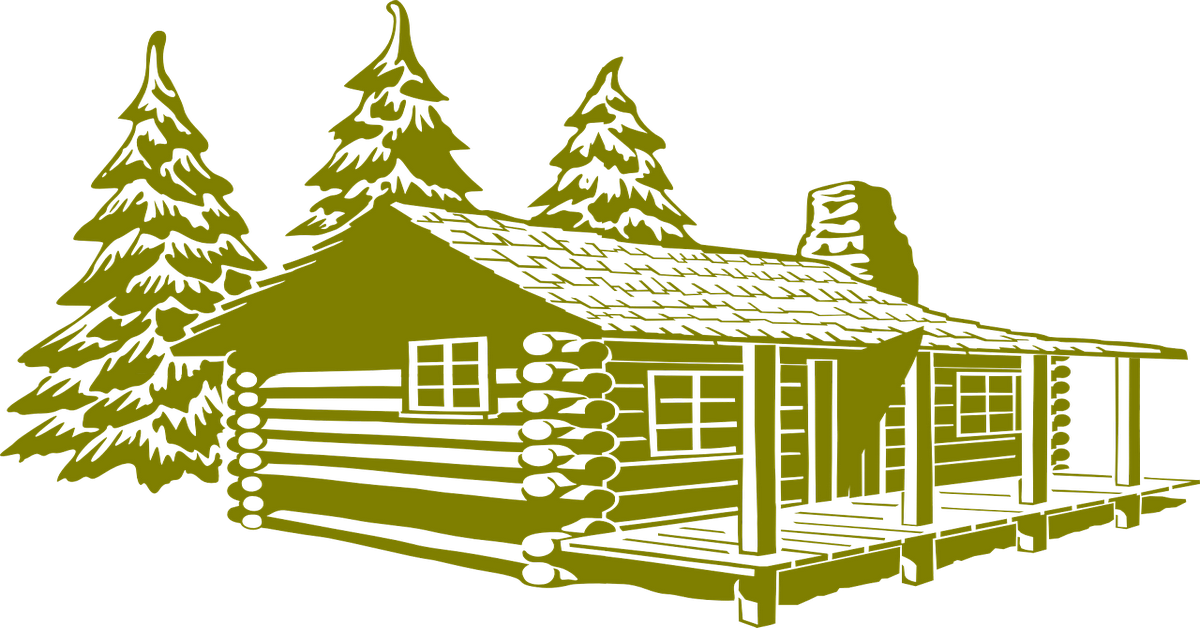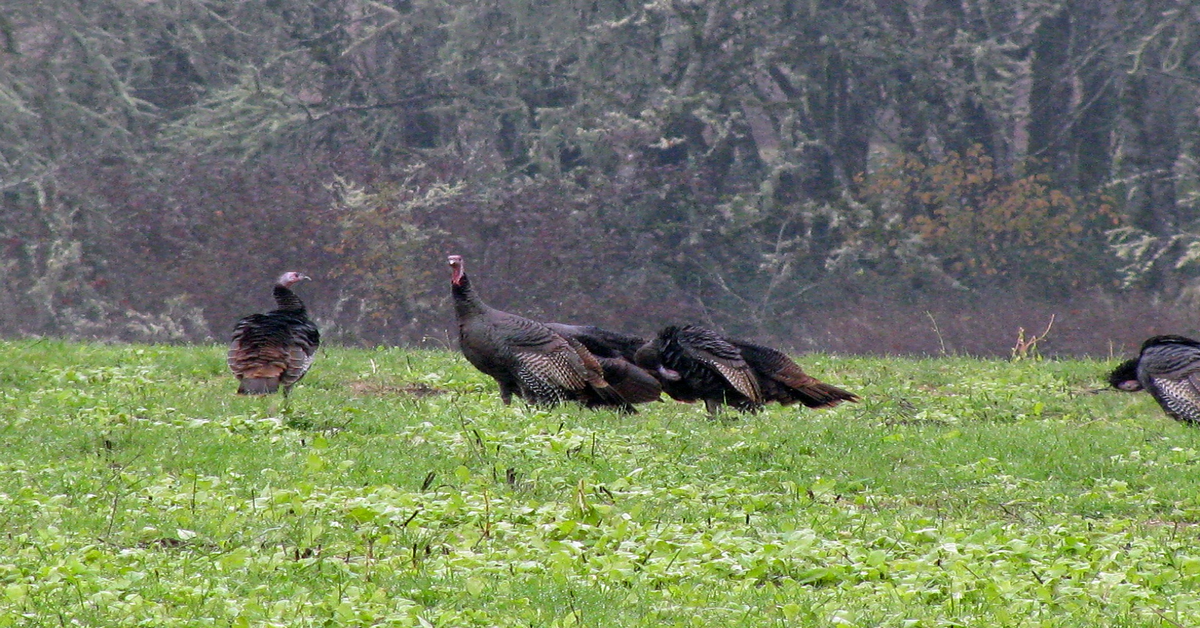Deer stillhunting, or hunting on the transfer, is usually misunderstood as to exactly what it is and how to start it. It’s stalking deer, not waiting or in a blind for the bull to come for you. It can be the most rewarding deer hunting experience you can perform. In addition, it can be the most frustrating, as it’s a skill which requires you to slow everything everything – your breath your sight and your gait. However, the payoffs go beyond the search to a pleasure of nature .
This article will discuss some things I’ve heard while hunting deer in oak mast ridges and the Vermont woods of Wisconsin. These straightforward techniques can be utilized – if you opt to stillhunt or perhaps maybe not, the fundamentals are exactly the same. These strategies will make your deer hunt a more comfortable experience. It’s all about: you are outdoors – enjoy the scenery, searching or not.
Generally, of something, we all think as deer predators that is bull, and when we search. Not deer in general, but that deer. We’re aided in this compulsion by our brains, and our eyes. Let us discuss eyes.
Hunt Deer with Soft Focus See Them as They See You
We view as most of predators do – forward, and closely focussed. Take a look at your normal housecat and watch some thing is stalked by it. It hastens its thing with its eyes brushed and each muscle relaxed, yet steeled in a minute’s notice . We share with all predators and the cat with our eyes at front of the mind, designed to focus on a single thing.
But, all of prey species, and even also deer, possess eyes designed to detect movement. Deer and most of prey species have eyes on the side of their mind, in perceiving movement first, before the animal can determine if what they view is a threat, or some pattern-breaking movement in the forests and this assists. When stillhunting for deer, then we have to adopt to the way they see. We have to see movement first, patterns out of sync second, and the bull last. Expand our field of vision and the means to get this done is to relax our focus.
Here is how to practice. Stand facing a wall, about six to eight feet apart from it. Stare in a place in the wall. Lift your arms, index fingers extended, entirely out to the side by your mind (and slightly behind). Now, keeping your index fingers long and your arms straight, draw your arms slowly. Notice the moment when your fingers come into perspective – that is the area of vision (FOV).
Now, turn to the wall. This moment, soften your focus so that your eyes, while viewing objects or spots do not lock on any 1 spot. Repeat the practice that is index-finger. You should see your FOV is entered by your fingers earlier than before. It’s this kind of sight – because it isn’t natural to us gained through training – that allows us to observe changes in forests patterns, movement – in short, to see bull out maybe until they visit us.
Now, onto strolling.
Walk Toe-Heel, maybe not Heel-Toe
You see it all of the time – that the hunter walking as if he is searching on paper.
It does not do the job. As a hunter, then you are going to make sound. But so do deer and other game. Does anything breathing and living at the woods. What you would like to avoid is getting exactly the rhythmic gait a hunter gets when he is running, typically following a bull, or doing everything he could to be quiet, when he does see you.
Toe-heel that is walking is the best way since the palm of your foot can be more flexible in its reaction to underfoot and the twigs – . Walking heel-toe makes for a stiff measure – a human measure. Walking heel toe, have a couple of measures, pause, and also, employing the soft-focus described previously, take from the surroundings, at a holistic manner. Above all else, if you find yourself entering in to a steady, rhythmic gait, break up it. You also want to prevent any obviously noises sounds coming from whatever man-made, such as plastic. Bottom line – cleaning beyond an oak stump is o.k. Marching in cadence is not, nor is it that canteen banging your hunting rifle horn.
Know that the Wind
Lastly, walk in the wind. Yes, this really can be rule 1. But this rule is, forgotten by hunters, particularly those accustomed to remaining within a insulated hunting blind. I’ve stood with my bow drawn on a dollar 10 metres away, together with the buck clearly attempting to figure out what the hell this prospective rambo was around – just to see it spring to life when the wind changes, and thanksgiving was a bit – thinner that year.
Do not even bother searching on days.
The most important thing, once you are hunting deer in this manner, will be to get accustomed to is slowing down, for hours at a time, and softening your focus to”deer hunt” for movement – not deer.
But behave like, watch like, deer, be a part of where you are, and you’ll reap many benefits – if you take a deer or maybe not.








Customer Reviews
Thanks for submitting your comment!